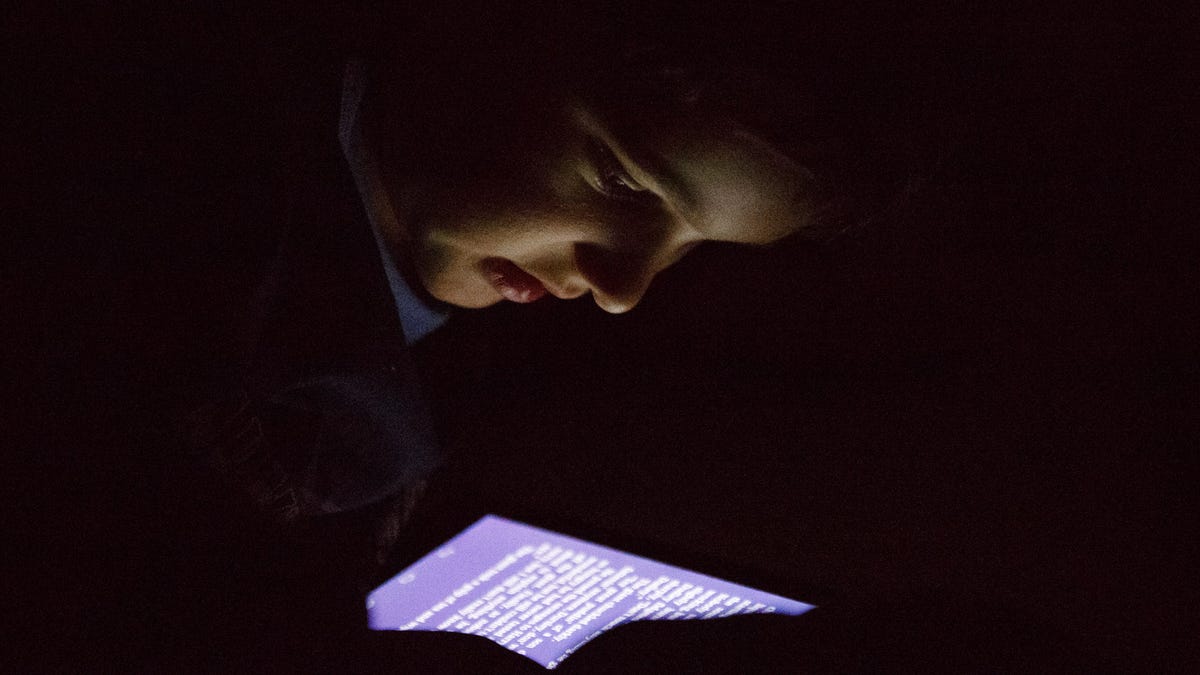Why one shutterbug sides with digital dorks, not Holga hipsters
The film era still has some life left in it, but for CNET's Stephen Shankland, digital photography's practical benefits far overpower the retro chic of the analog era.
I'm happy for N.V., the Economist correspondent who revels in the joys of film photography by shooting with a Rolleiflex twin-lens reflex medium-format camera. But there's no way I'm going back to analog photography.
The digital revolution is here to stay, of course, but film photography isn't extinct. The Economist's reporter, after inheriting and refurbishing a 1937 camera, sings its praises. For example, the reporter "enjoys the challenge and forethought involved in setting up a shot with an analogue camera. The discipline of having only a dozen shots on a roll of 120 film concentrates the mind no end. Making every image count heightens the sense of achievement."
I have sympathy for the idea that the expense of using film leads the photographer to compose shots more carefully. And on the flip side, I find that my supposedly "free" digital photos come with a heavy price tag when it comes to the time it takes to sift out the duds and pick the winners.
Here's why that's just not enough for me, though.
First, I've found that with some effort, it's actually possible to exercise self-restraint and not take 160 photos of that nice sunset. (I find it helpful to bear in mind the post-processing time.) Just because you can take shots willy-nilly needn't mean you must abandon discipline.
Second, there are many situations where it's really helpful to be able to take lots of photos so you're more likely end up with a keeper. Among the circumstances I've experienced firsthand many times over: moving children, sports action shots, skittish bugs, twitchy birds, and photos in dim lighting where camera shake will spoil most photos. When I started in photojournalism, my mentor told me to "burn film" because the vast majority of sports shots would be duds, and it was a tough habit to learn.
Third, I relish the experimentation that's possible with digital. I'm much less reluctant to try new techniques and new styles because the penalty for failure is much lower. Long-exposure star trails? Fill flash? Macro shots of jewelry? Baby portraits? Go for it!
Fourth, digital photography is immediate. Aside from my professional needs while on deadline, I have a documentarian impulse fed by Facebook, Flickr, and Google+. Digital photography includes my friends and family far more effectively.
Last, I can shoot in the dark now. Sure, the shots are plagued with noise, but I took a photo of my son last night at ISO 25,600 that captures a moment quite precious to me -- a role reversal where he's reading a book to me at bedtime. He was illuminated solely by an e-book on a tablet, set to its dimmest setting in a pitch-black room, and it would have been mostly impossible to photograph with film.
I don't always need to push things this far, but I love what's possible with digital.
One final point: as with fixed-gear bicycles, vinyl records, and 1957 Chevy Bel-Airs, I get the feeling that many people are into film photography to try to set themselves apart from the crowd. Fashion has its place in human affairs, but I can't help but roll my eyes when I see fashion models sporting vintage Leica cameras, and I try not to let fashion overpower practical concerns in my own life. (To be sure, there are plenty of digital photographers who flaunt their high-end Canon L glass, but generally I find them a more pragmatic bunch.)
I'm not trying to convert the film faithful who haven't yet seen the error of their ways. I saw a pair of 20-something Holga hipsters in Amsterdam over the weekend, and I'm happy they're having a good time experimenting with their own photography. But it's not for me.


